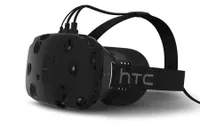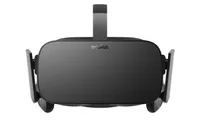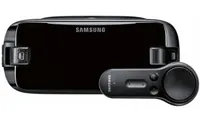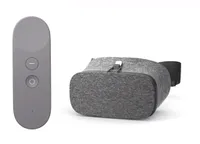Help Me, Tom's Guide: How Do I Get Started in VR?
A forum member asks what's needed to get started in VR. Tom's Guide comes to the rescue.
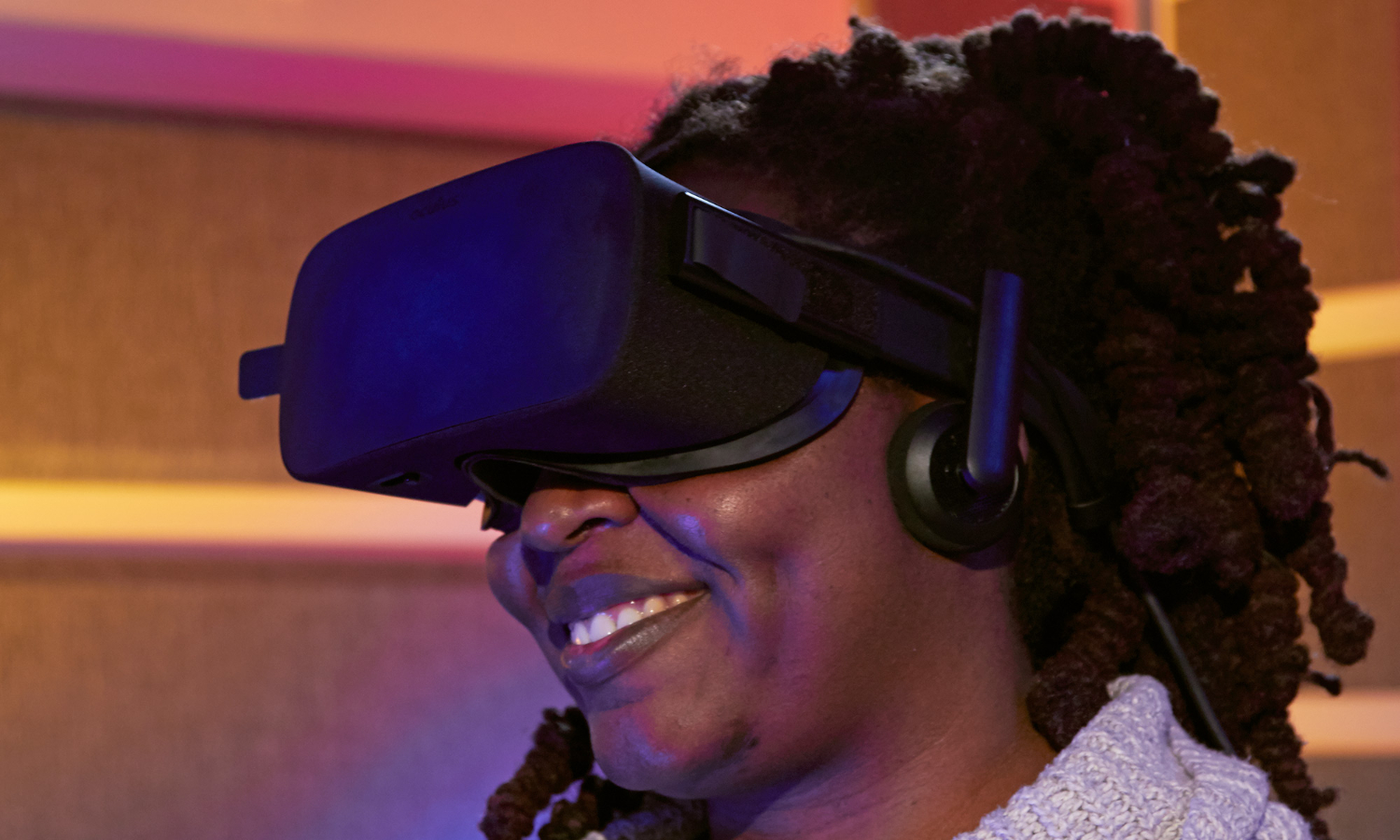
There's no gaming experience quite as immersive as one in VR, when you're literally in the game. But the technology, while extremely impressive, is also new and growing. We don't blame you for not knowing where to start.
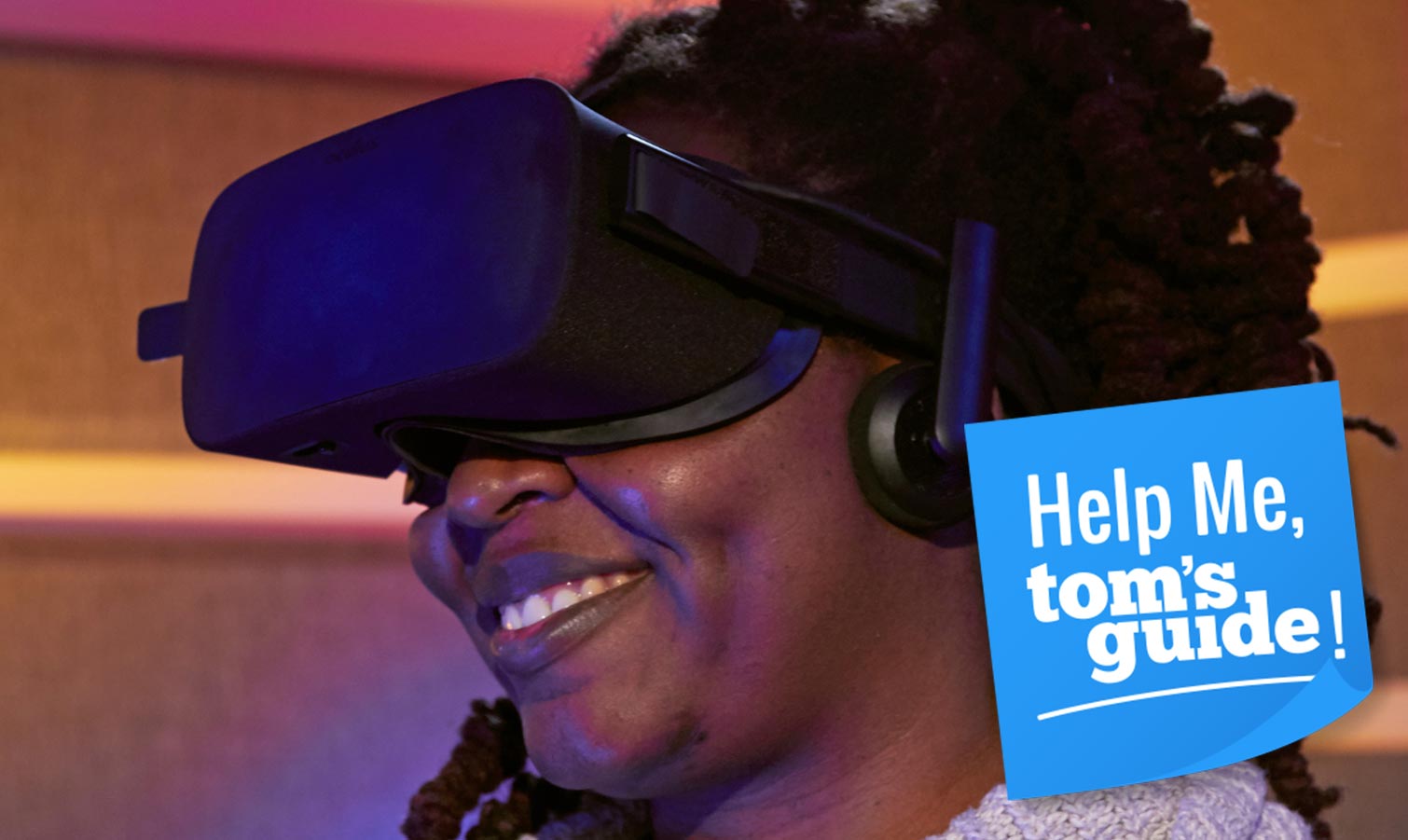
In our forums, user theonerm2 asked,
"How does VR work?" They wanted to know which headset to get, if they can play all of their games in VR and what they could get on a budget.
For theonerm2 and everyone else, here's a quick primer on the basics:
How does VR even work?
At its most simple, virtual reality headsets send 3D images to each of your eyes, creating an immersive world that takes up the entirety of your vision. These headsets run at high resolutions and refresh rates that appear believable. Many headsets also use wireless controllers to let you interact with the virtual world.
The most powerful VR headsets, the HTC Vive and Oculus Rift, require a desktop or laptop computer with a beefy graphics card. Nvidia requires a GeForce GTX 1060 GPU or higher, while on the AMD side, you'll need a Radeon RX 480 or better.
Other headsets, like Samsung's Gear VR and Google's Daydream View, use mobile phones to power the experience.
Can I Play All of My Games in VR?
That depends.
Get instant access to breaking news, the hottest reviews, great deals and helpful tips.
The short answer is no. Games have to be designed for virtual reality, and at the moment, most are not. Games that weren't designed for VR won't start supporting headsets and motion controls just because you have a Rift plugged into your gaming PC.
On PCs, Vive owners can get VR games through Steam. Rift owners, meanwhile, can get games through the Oculus store. If a game isn't in VR, you can play it in a sort of theater mode with a screen floating in VR, but there isn't any benefit, and you could get higher resolutions on a good external monitor.
Mobile phone apps can be purchased from the Google Play Store or Apple App Store. When you launch these from your home screen or app drawer, they'll usually leap right into VR mode, ready to be inserted into a headset.
What's My Budget?
Theonerm2 had a budget of $300 max. Unfortunately, it's near impossible to get a high-end setup for that amount.
On the desktop side, the HTC Vive is the best option out there, and it's pricey, to the tune of $799. That includes the headset, two base stations and two motion controllers. The Oculus Rift is $499 on its own with two sensors, or $598 if you buy a bundle with the Rift's touch controllers. To power them, you'll need a PC with a powerful graphics card, which will usually cost you over $1,000. There are some bargains, though, like the Lenovo IdeaCentre Y710 Cube, with a configuration that packs a GTX 1060 for $899.
Want a cheaper experience? PlayStation VR is $400 for the headset alone and $500 with controllers and a camera. Toss in a $299 PlayStation 4, and you'll have a setup for less than the cost of an HTC Vive on its own. It'll be pricier if you pair the PS VR with the $400 PS4 Pro, but you'll get better performance.
For $300, your best option is on a mobile phone, as long as you have a flagship, VR-capable phone already.
If you already have a Galaxy S8 or other recent premium Galaxy phone, a Galaxy Gear headset with controller will cost you $129. But the cheapest option is Google's $79 Daydream View headset and controller. Phones that work with that system include the Google Pixel and Pixel XL, Motorola Moto Z, Huawei Mate 9 Pro, and ZTE Axon 7. The Samsung Galaxy S8 and S8+ and Asus ZenFone AR will work with that headset soon.
But if you're looking for a headset to use in intense gaming, that's the Vive or the Rift, and you'll have to bump up your budget significantly.
Andrew E. Freedman is an editor at Tom's Hardware focusing on laptops, desktops and gaming as well as keeping up with the latest news. He holds a M.S. in Journalism (Digital Media) from Columbia University. A lover of all things gaming and tech, his previous work has shown up in Kotaku, PCMag, Complex, Tom's Guide and Laptop Mag among others.
-
Sakkura The hardware requirements you list are incorrect/incomplete. With an Oculus Rift, the minimum GPU is a GTX 1050 Ti or 960 from Nvidia, or an RX 470 from AMD. This also makes your claim of a $1000 even more wrong than it already was. There is currently a bundle deal at Best Buy of an Oculus Rift AND a VR-capable PC for $999:Reply
http://www.bestbuy.com/site/oculus-rift-virtual-reality-headset-hp-omen-intel-core-i5-nvidia-geforce-gtx-1060-desktop-100-oculus-store-credit-package/9999283900050000.p?skuId=9999283900050000
In addition, you make it sound like the Vive and Rift get software from separate stores. That isn't the case; the Rift can run Steam games directly, while the Vive can run Oculus store games via the Revive tool.
